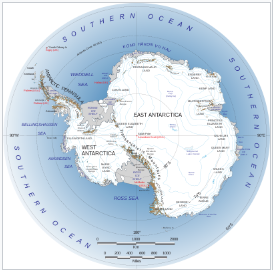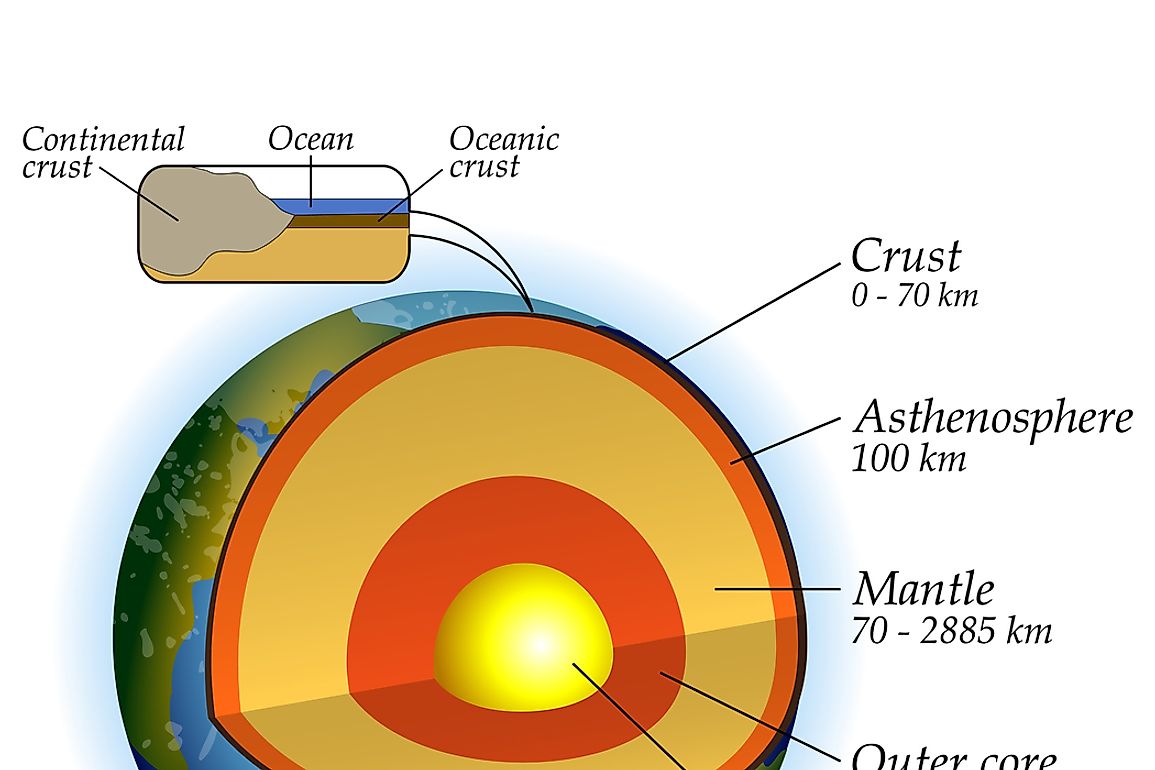Official 35 - lecture 4
listen to part of lecture in an Earth science class
let's review something from last week.
we talked an event that happened 65 million years ago.
anyone?
an asteroid hit earth.
asteroid, also called minor planet or planetoid that orbit the Sun primarily between the orbits of Mars and Jupiter in a nearly flat ring called the asteroid belt.
we think an asteroid hit Earth, near the Yucatan Peninsula, in Mexico and that wiped out all the dinosaurs.
right, I wouldn't say that we've got 100 percent proof, but there is very strong evidence that this is why that mass extinction occurred.
did you know there is a earlier extinction far greater than the one killed off the dinosaurs?
it was what we call the Permian extinction.
The Permian extinction was characterized by the elimination of over 95 percent of marine and 70 percent of terrestrial species.
Now, way back about 290 million years ago, at the beginning of the Permian Period, there was just one big continent, a super continent.
a continent is any of several large landmasses.
and as the climate warmed up, plant and animal species began to diversify profusely.
profusely: with a large amount of something.
So life during the Permian Period was abundant and diverse.
but about 250 million years ago, the Permian Period ended with rapid massive extinction, something happened that wiped out 75 percent of land animals and over 95 percent of ocean life.
so what was is? what could have caused this?
with all the evident that it was an asteroid that let to the dinosaur extinction, we began asking ourselves, is it possible that another asteroid much earlier caused the Permian Extinction?
so researcher have been looking for an impact crater.
crater:
I though the Permian Extinction was caused by a decline in sea water oxygen levels.
Isn't that what's in the textbook?
But don't forget the textbook makes it very clear that's only a theory.
And it mentions something about volcanic eruptions too.
it does, but now this new theory has led to a search for evident of an asteroid impact.
And one place of interest is a region called Wilkes Land in eastern Antarctica.
Antarctica
A few years ago, a research reported a strange anomaly beneath the ice in Wilkes Land.
Evidence of what may be a mascon. That's just short for mass concentration.
when an asteroid hits Earth, when is slams into Earth's crust, we think that causes molten rock from deep below the surface to rise up into the impact area.
slam: to move against a hard surface with force and usually a loud noise.
Sort of like if you bump your head, you get a big lump under the skin.
bump: to hit something with force
lump: a hard swelling found in or on the body, especially because of illness or injury.
fluid makes the area swell.
an the material flowing up below the crust is more dense than the crust itself.
so that's how we get a mascon, a spot in the crust with newer crust material that's more dense than the material all around it.
there's lots of mascon on the moon too, where a mascon's density causes a small increase in the local gravity that can be measured and mapped by orbiting spacecraft.
and where do these mascons tend to be found?
in the centers of impact craters on the moon surface.
But back to Wilkes Land.
We're not certain that the mascon there...what might be a mascon ...was actually caused by the impact of an asteroid, but there does seem to be evidence.
Researchers notice a gravity anomaly similar to those on the moon.And the spot where the gravity readings are especially high...this is right in the middle of a 500-kilometer wide, circular ridge, what could be part of an old impact crater.
And if there was an asteroid impact there in Wilkes Land, the next question is: did it happen 250 million years ago?
Because that would put it when in geologic history?
At the end of the Permian Period? Right when those animals went extinct.
exactly.
But can't researchers figure that out by studying the rocks there in Wilkes Land...where this impact supposedly took place?
Well, to get to anything from that long ago, we would have to drill down to about a mile, about 1.6 kilometers of solid ice that covers the area today.
drill:
1 mile = 1.6 kilometers
And that's not likely to happen.
But speaking of rocks, I should mention that Wilkes Land is not the only place of interest here.
There's another called the Bedout High off the coast of Australia.
coast:
And we have rock samples from the Bedout High.
Some apparently have extraterrestrial origin.
extraterrestrial: 地球以外,外星
they show the effects of extreme temperatures and pressures, the level of extremes produced only by an impact.
And as for their age, well, they do in fact, date back to about 250 million years ago.




